The Smart #5 concept has been unveiled as a first look at the brand’s largest, most technologically advanced electric car to date.
Sized roughly in line with the Audi Q3 and Volvo XC40, the #5 introduces a new styling direction with a harder-edged, more rugged appearance than Smart’s two smaller crossovers, the #1 and #3.
Key to the new look are the segmented LED lights, a clear departure from the Mercedes-Benz-style light bars on the #5's siblings.
The off-road flavour of the #5 reinforces the more rugged look and signals a new commitment to the outdoor ‘lifestyle’ market that’s quickly growing in Smart part-owner Geely’s native China.
“With this vehicle, we leave all boundaries behind and open up a new segment for customers in Europe and worldwide,” said Smart CEO Dirk Adelmann.
The production version of the #5 is strongly tipped to share the SEA platform with its rangemates, as well as cars from elsewhere in the Geely portfolio, including the Polestar 4, Volvo EX30 and Zeekr X.
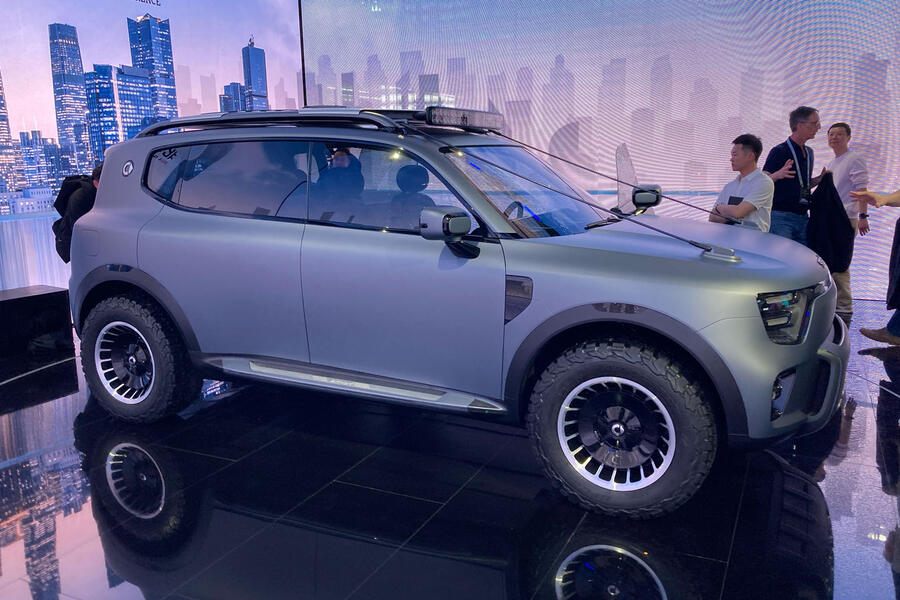
Unlike those cars, though, the #5 will use an 800V electrical architecture for much quicker charging speeds, and it has been confirmed to feature a battery with more than 100kWh in capacity, which will be among the largest of any EV of this size.
Smart claims a range of more than 340 miles between charges and that charge can be replenished from 10-80% in 15 minutes.
For reference, the #1 uses a 400V architecture, delivering a maximum charging rate of 150kW, allowing a 10-80% top-up in under 30 minutes. Range meanwhile is up to 273 miles.
Smart also confirmed that the #5 has four-wheel drive, suggesting that it uses two electric motors, one mounted on each axle.
No power figure has been given yet, but the other dual-motor Smart car, the #1 Brabus, gets a 154bhp motor up front and a larger 268bhp motor at the rear, combining for 422bhp and 400lb ft of torque.
The production version of the #5 is likely to also offer a cheaper and longer-range single-motor variant.
Inside, the #5 introduces a new-look dashboard, which integrates the digital instrument display and twin infotainment touchscreens into one large oval shape.
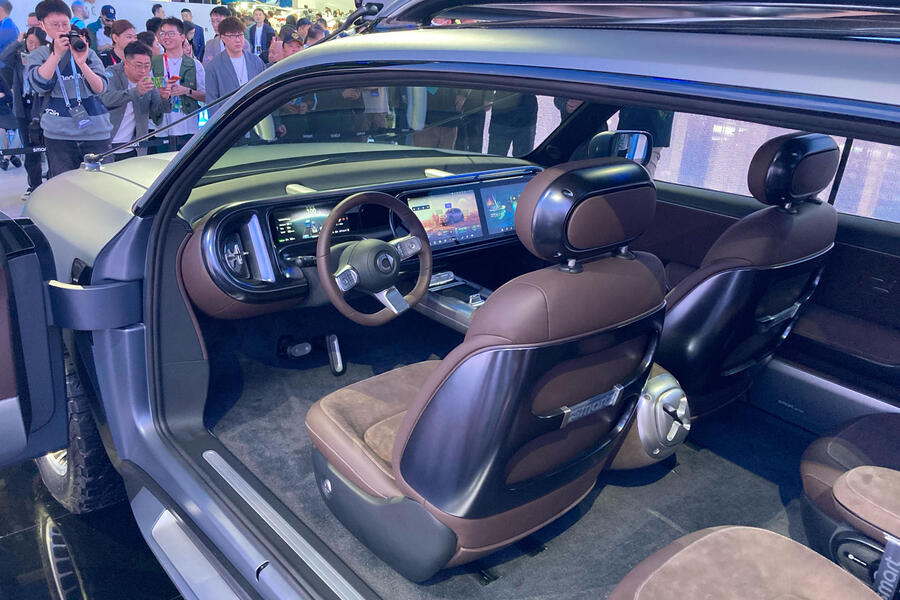
Its new on-board computer is underpinned by American chip maker AMD’s V2000 processor, offering sufficient power for a new, more advanced artificial intelligence assistant. This brings improved voice controls for functions such as text messaging, climate controls and sat-nav.
Physical buttons for critical features such as the window demisters and hazard light switch are omitted in favour of a permanent touch-sensitive panel.
The #5 will be unveiled in production form later this year and is tipped to land in the UK in 2025, priced from around the £35,000 mark in single-motor guise.


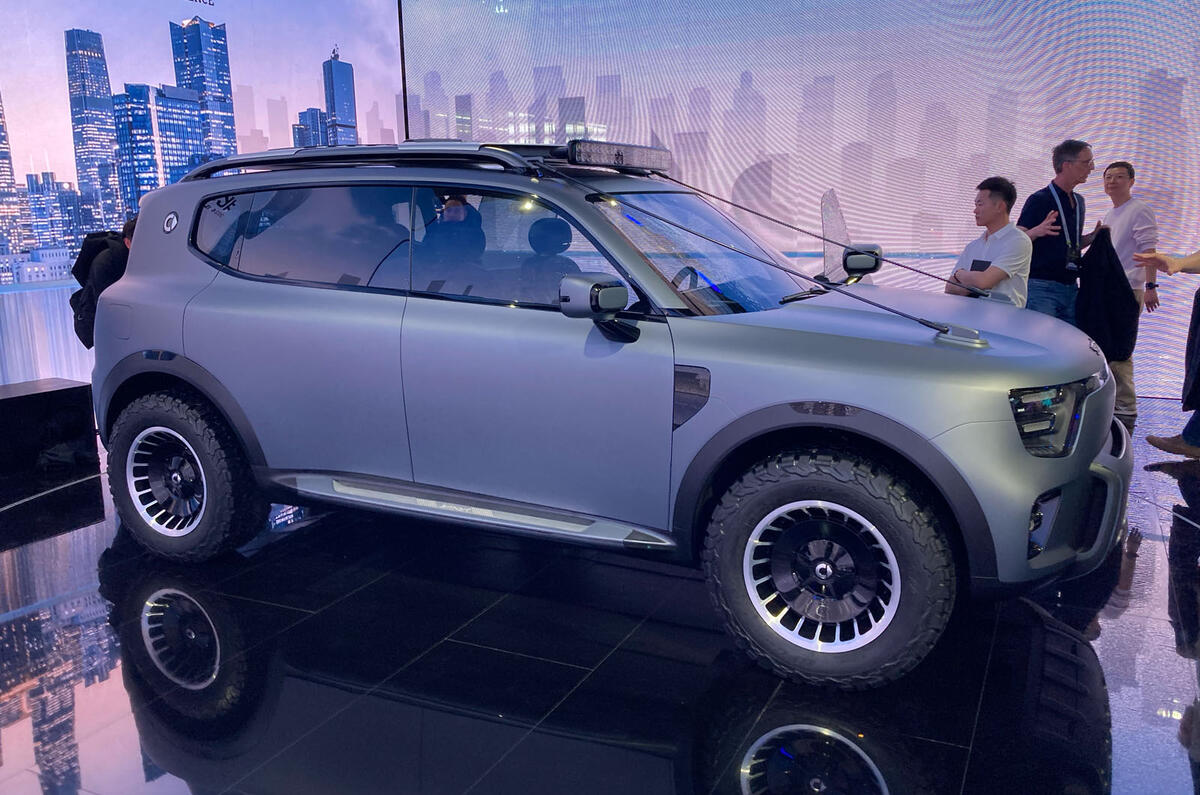
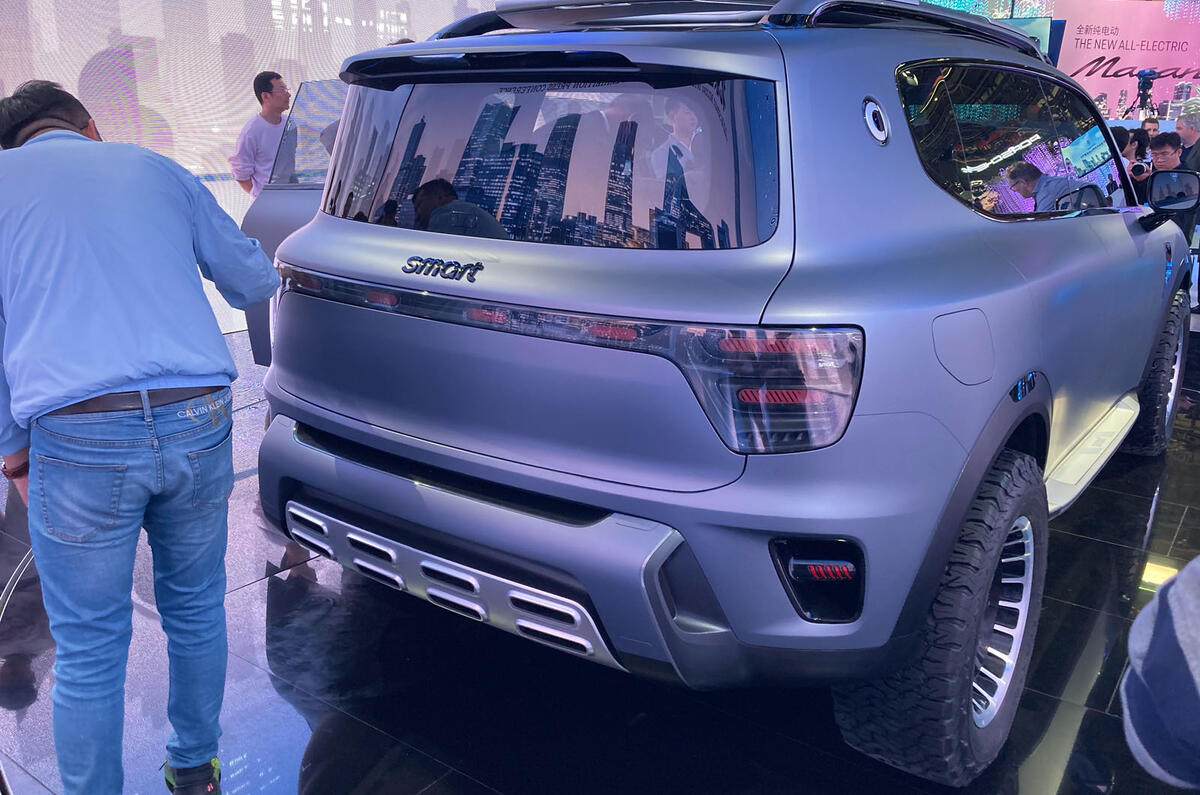


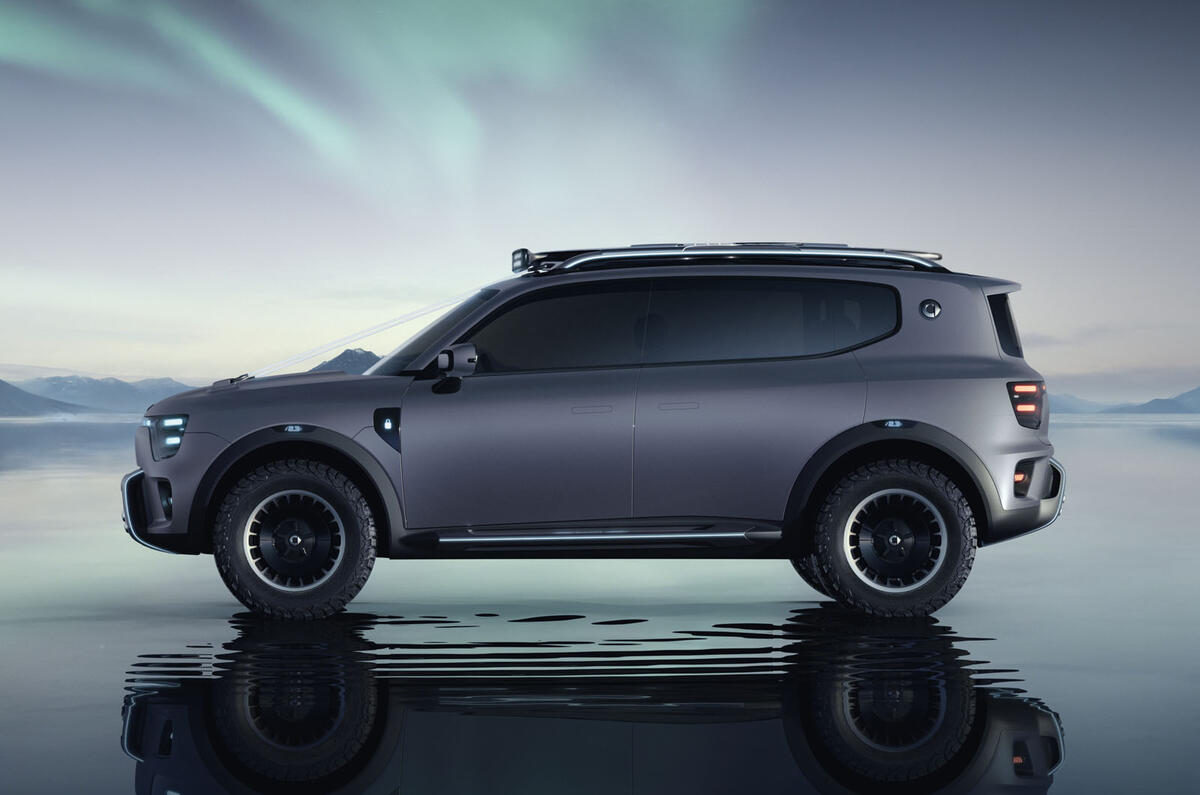

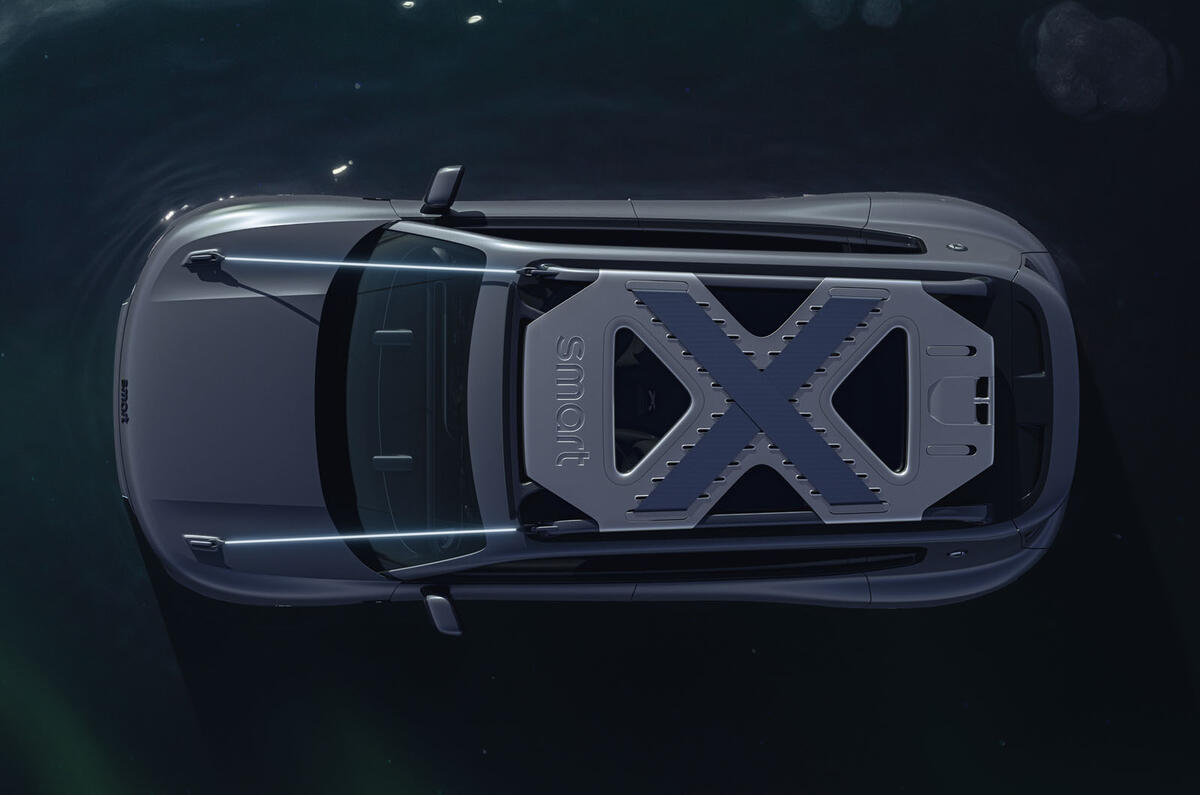
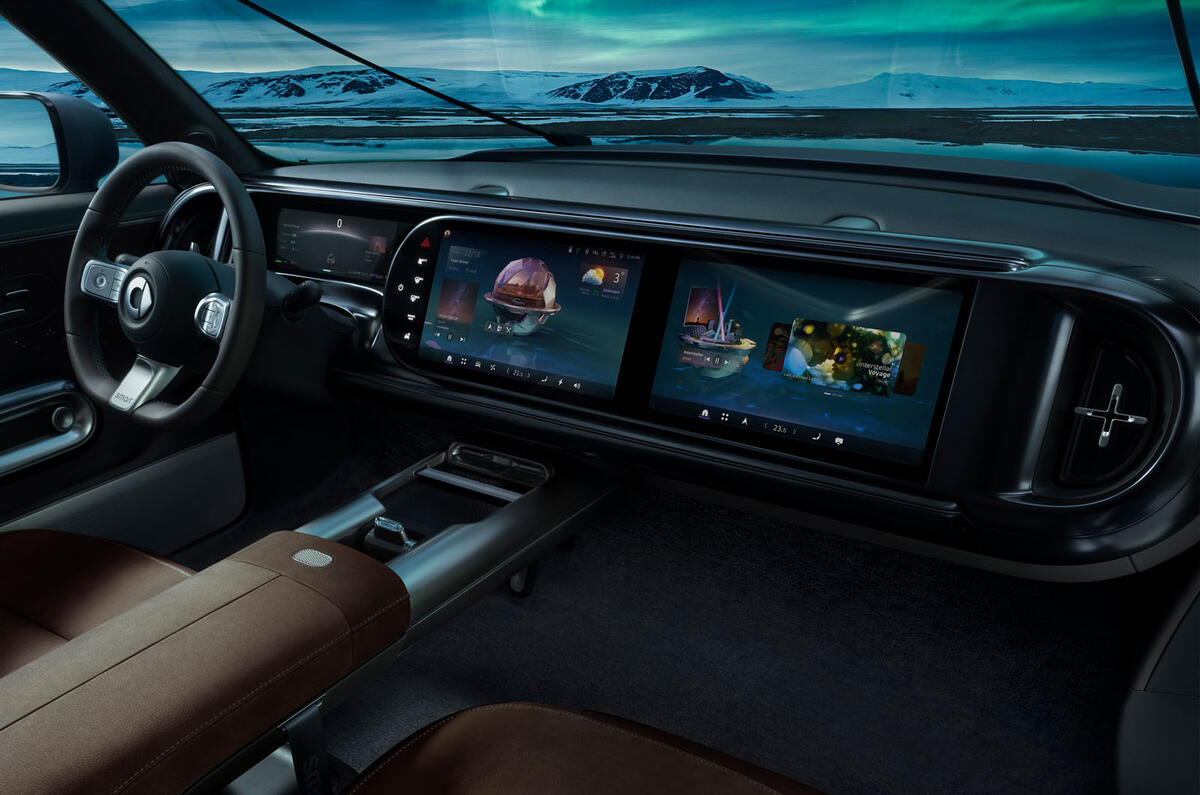
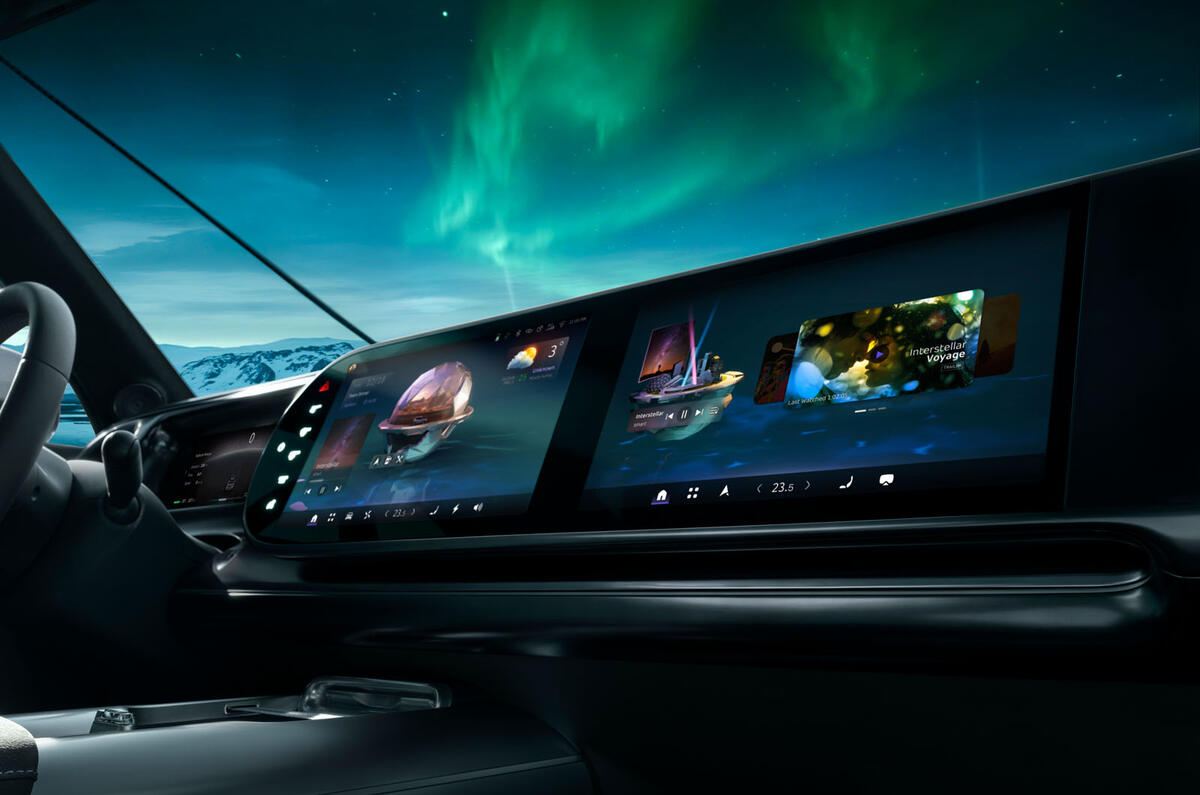
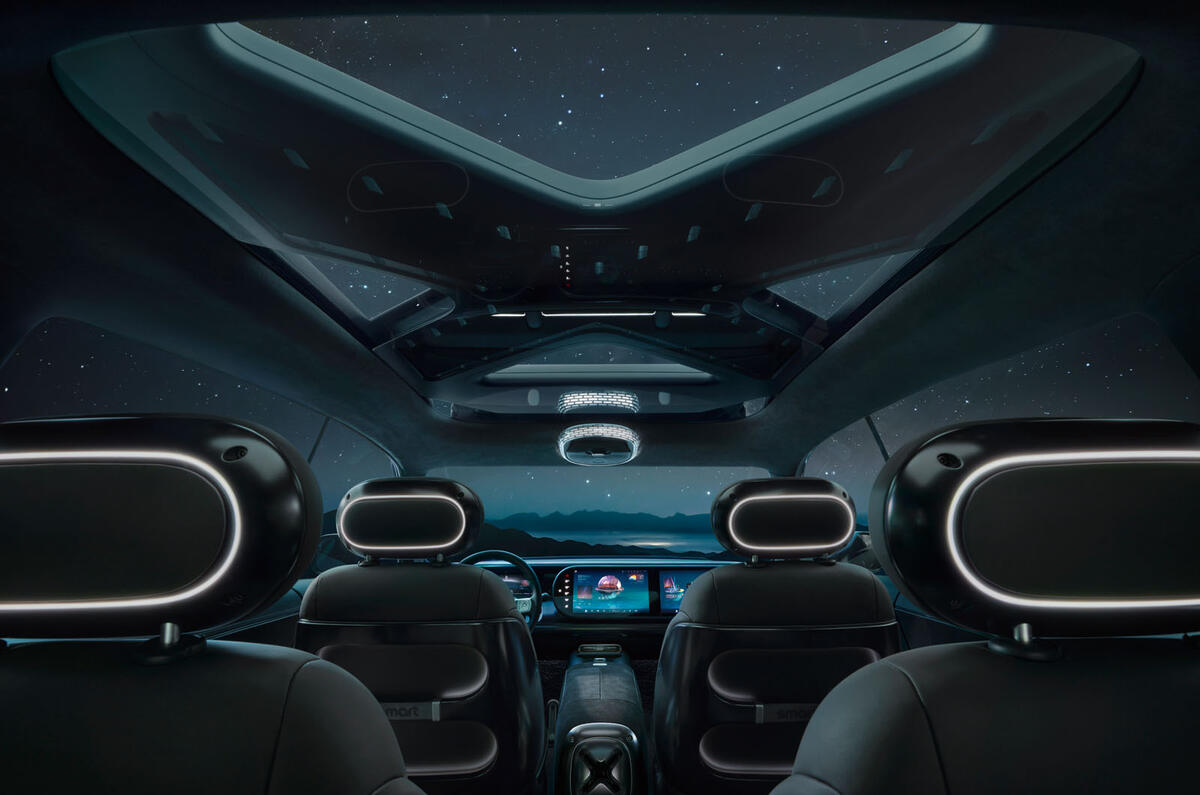
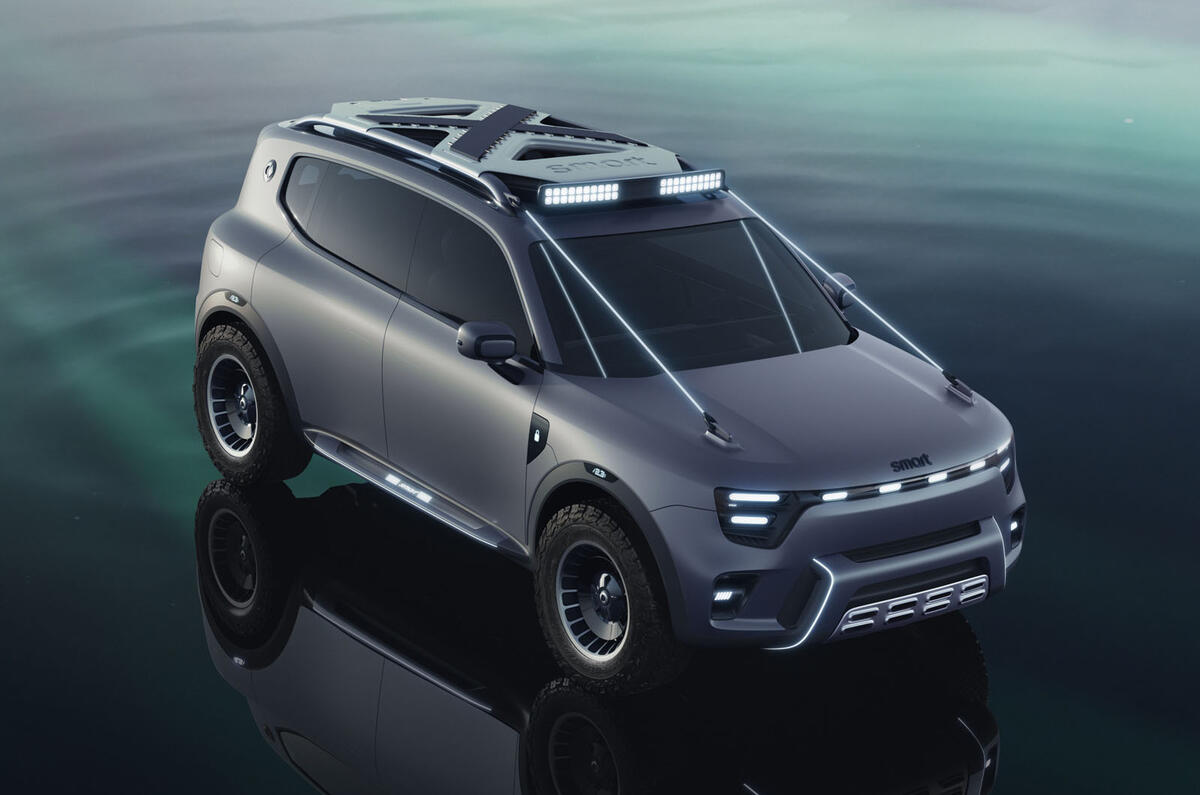
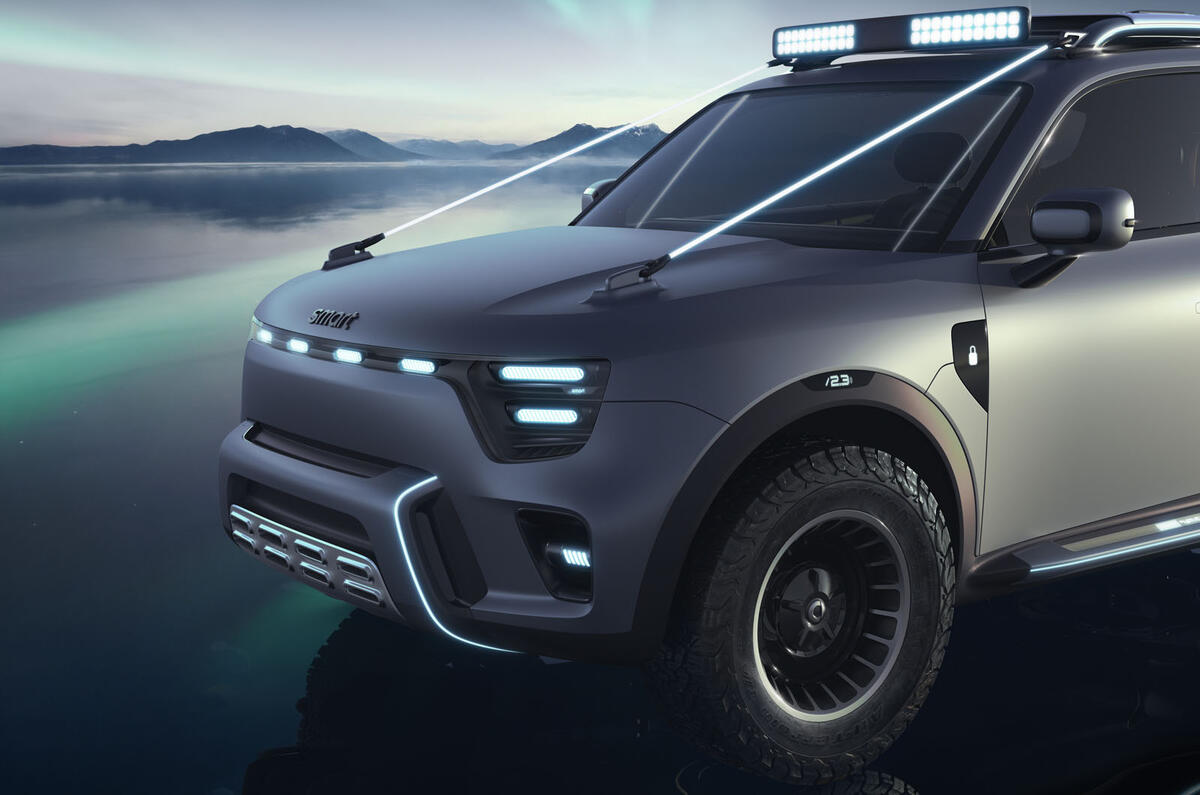


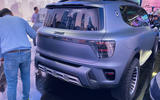

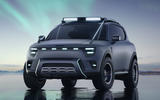
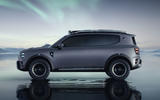
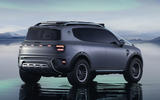
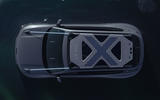
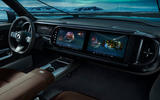



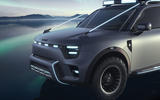





Join the debate
Add your comment
What are those 'guy ropes' from the bonnet to the roof for? I see that one of Fandango's new models has them too. Must be the latest thing in China.
To protect the windscreen from overhanging branches.